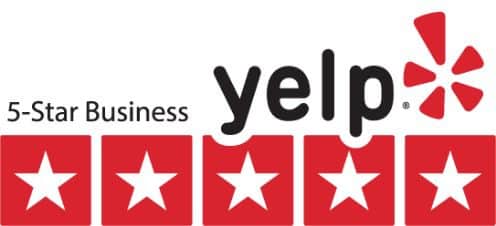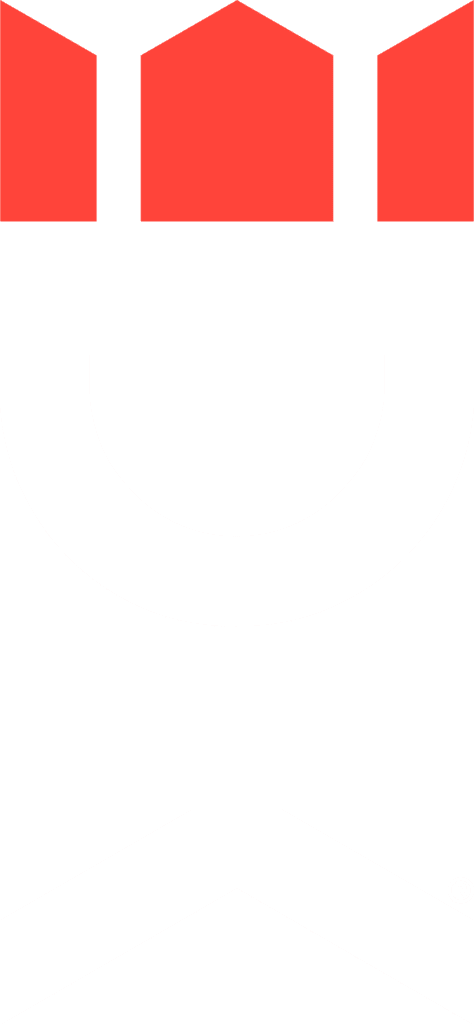How To Clean-Up After Fire Damage
How To Clean-Up After Fire Damage
Even if a fire is small, localized and put out quickly, the contents of your building could still have extensive fire, smoke, soot and water damage. As a result, your contents will need to be evaluated to see what can be salvaged. To mitigate additional damage and prevent future health concerns, any salvageable items need to be thoroughly cleaned and sanitized.
Why It’s Important to Clean-Up After Fire Damage
Without immediate attention, salvageable possessions could become permanently damaged. Smoke and soot can permeate the contents of your building, leading to respiratory irritation and unpleasant odors that cannot easily be removed. Mold and mildew is also a concern. If left unaddressed, water damaged items can quickly become a breeding ground for harmful bacteria and destructive mold growth.
Additionally, if a fire extinguisher has been used, there may be residue that needs to be addressed. Fire extinguishers contain different chemicals based on the type of fires they are designed to extinguish. Depending on the extinguishing agents used, they may require unique safety and cleaning protocols.
For these reasons, it’s important to enlist the help of a professional fire damage restoration company to safely clean up after a fire.
During the cleaning and content restoration process, our technicians will evaluate the contents of your structure for salvageability. Items that can be salvaged will be thoroughly cleaned and sanitized.
Any unsalvageable items will be entered into an inventory that you can then submit to your insurance company for reimbursement. We will then remove unsalvageable contents before disinfecting the entire area. Below you’ll find more details on how this process works.
How the Clean-Up and Content Restoration Process Works
1. Assessment
During this phase of the fire damage restoration process, our team of technicians will examine the contents of your structure and make decisions based on the restoration versus replacement cost, severity of damage, loss of value, decreased life expectancy and of course, sentimental value of the items.
2. Cleaning
Salvageable contents will be thoroughly cleaned, which can help reduce odors in fabric. In the case of upholstered furniture, our technicians may opt to remove the fabric portions in order to salvage the wooden frame.
Kitchen items such as pots, pans and flatware will be washed with soapy water, rinsed and then polished. Items that can’t be washed or wiped down, such as books and papers, may get treated with a powdered odor eliminator.
3. Inventory
Unfortunately, not all items can be salvaged after fire damage has occurred. This includes consumable products such as cosmetics, medicines, perishable and non-perishable food items. To help streamline your insurance claim process, Dry Kings technicians will take a detailed inventory of any items that cannot be cleaned and restored.
4. Disposal
During the last step in the fire damage cleaning process, our technicians will remove all unsalvageable contents and dispose of them safely. This includes everything from damaged furniture and carpets to household and food items. The technicians will then disinfect the entire area to remove any remaining bacteria and/or residue.
Call the Fire Damage Experts Today!
Cleaning and sanitizing helps prepare the space for the final stage of the fire damage restoration process, which involves building back the structure to its pre-loss state. To learn more about how we can help, give us a call at 844-DRY-KING. We will respond as soon as possible to meet your water, fire, and smoke damage recovery needs.
Contact
More News
Newsletter
Sign up and receive valuable tips to help you protect your residential building or commercial property from damages.
Awards

















